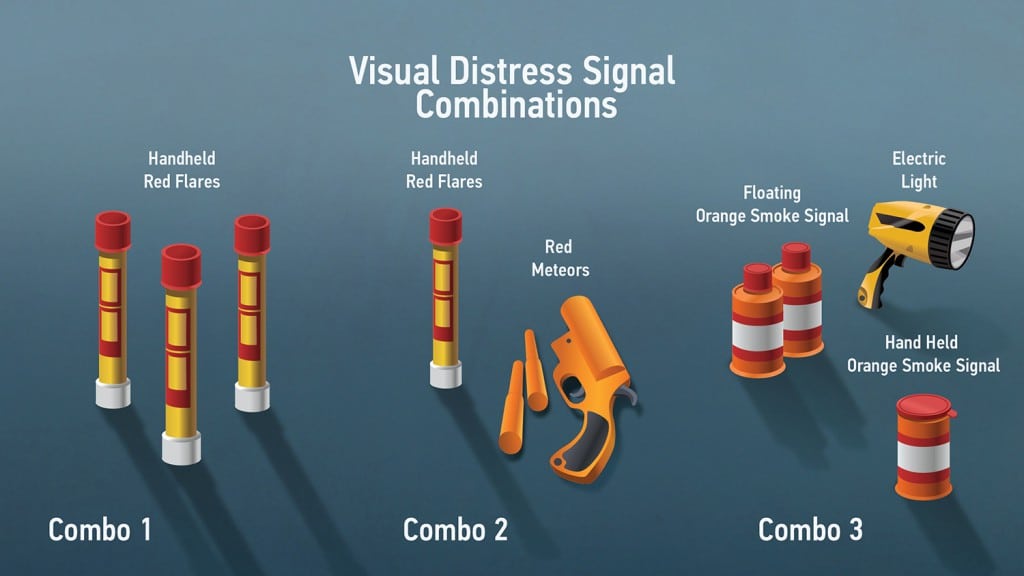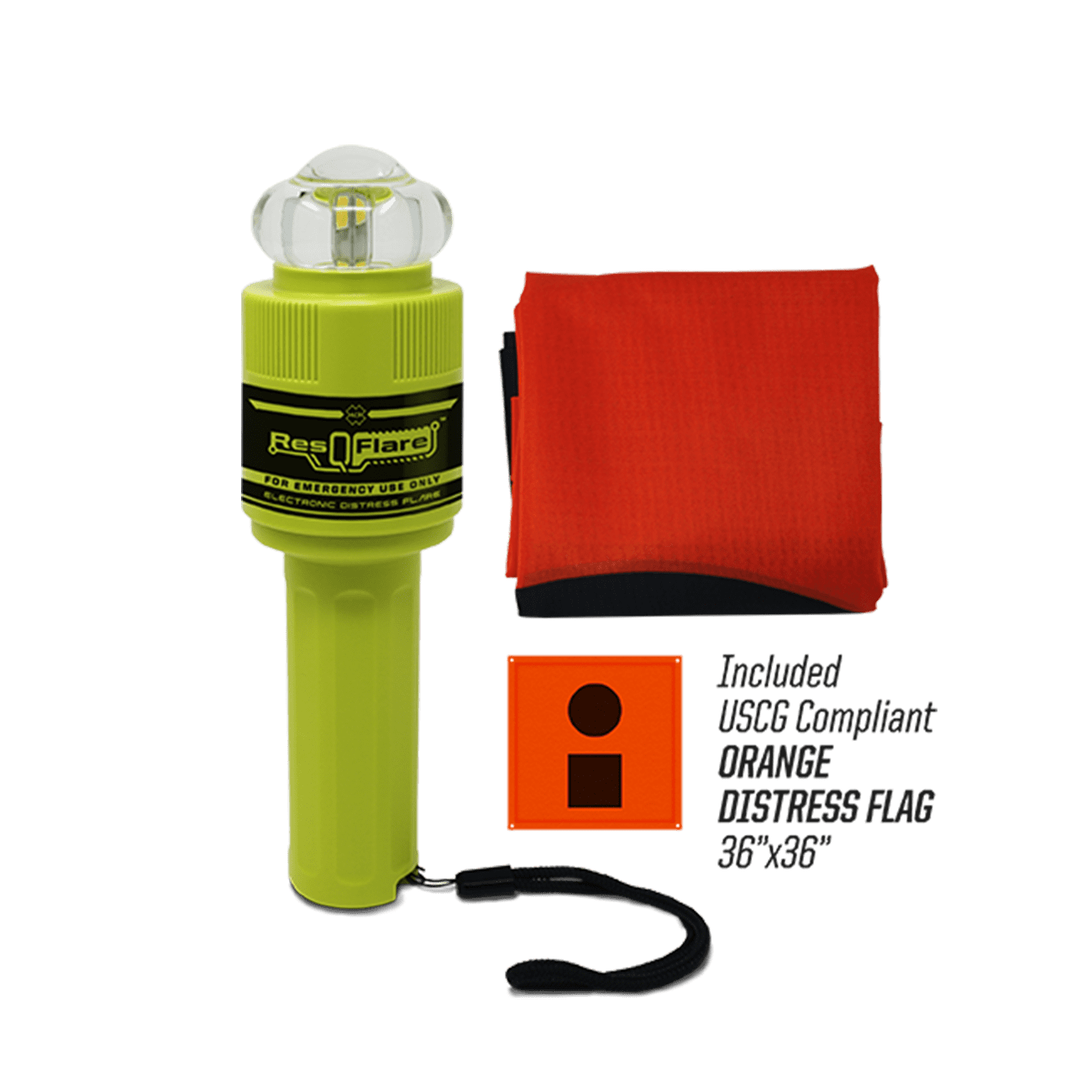In the world of emergency preparedness, knowing the universal distress signal night agent is crucial for survival and safety. Emergencies can happen at any time, and understanding how to communicate distress effectively can mean the difference between life and death. Whether you're an outdoor enthusiast, a traveler, or simply someone interested in safety, this article will provide you with comprehensive insights into the universal distress signal night agent.
Throughout history, humanity has relied on various methods to signal distress. From ancient fire signals to modern-day satellite communications, the ability to communicate danger has evolved significantly. However, in situations where technology fails, understanding traditional and universal methods of signaling remains invaluable.
This article will explore the concept of the universal distress signal night agent, its importance, and how to implement it effectively. By the end, you'll have a clear understanding of how to prepare for emergencies and communicate effectively in the dark.
Read also:Discovering Angus Mclaren A Comprehensive Guide To His Life And Career
Table of Contents
- Biography of the Concept
- Definition of Universal Distress Signal Night Agent
- The History of Night Distress Signals
- Types of Night Distress Signals
- Preparation for Night Emergencies
- How to Implement Night Distress Signals
- Role of Technology in Modern Distress Signals
- Safety Tips for Night Agents
- Case Studies of Successful Night Distress Signals
- The Future of Universal Distress Signals
Biography of the Concept
The concept of the universal distress signal night agent has its roots in ancient times when people relied on natural resources to communicate danger. Fire, smoke, and sound were the primary tools used to signal for help. Over the centuries, these methods have evolved, incorporating more sophisticated techniques and technologies.
In the modern era, the term "night agent" refers to any person or system responsible for managing and communicating distress signals during nighttime. This could include emergency responders, outdoor enthusiasts, or even automated systems designed to detect and respond to emergencies.
Data and Biodata
| Aspect | Details |
|---|---|
| Origin | Ancient civilizations |
| Evolution | From fire signals to modern technology |
| Modern Use | Emergency responders and automated systems |
Definition of Universal Distress Signal Night Agent
A universal distress signal night agent refers to a standardized method of communication used to indicate distress during nighttime. These signals are designed to be easily recognizable and understood by anyone, regardless of language or cultural barriers. Common examples include flashing lights, sound signals, and visual markers.
The History of Night Distress Signals
The history of night distress signals dates back thousands of years. Ancient civilizations used fire as a primary means of communication, with bonfires and torches serving as visual markers in the dark. Over time, these methods evolved to include sound signals such as drums and horns, which could be heard over long distances.
In the 20th century, the development of radio and satellite technology revolutionized emergency communication. Today, night distress signals combine traditional methods with modern technology to ensure maximum effectiveness.
Types of Night Distress Signals
There are several types of night distress signals, each with its own advantages and limitations. Below are some of the most common methods:
Read also:Who Is Mason Gooding Dating Discover The Latest Updates On His Relationship
- Flashing Lights: Used to attract attention in the dark, flashing lights are highly effective and can be seen from great distances.
- Sound Signals: Whistles, horns, and other noise-making devices can be used to alert others to your location.
- Visual Markers: Reflective tape, glow sticks, and other visual aids can help identify your position in low-light conditions.
Preparation for Night Emergencies
Preparation is key to surviving night emergencies. Below are some essential steps to take:
Gear and Equipment
- Carry a flashlight or headlamp with extra batteries.
- Include a whistle or other sound-making device in your emergency kit.
- Invest in reflective gear and glow sticks for visibility.
Training and Education
- Take courses in emergency preparedness and first aid.
- Practice signaling techniques in controlled environments.
- Stay informed about the latest technologies and methods for night distress signals.
How to Implement Night Distress Signals
Implementing night distress signals requires careful planning and execution. Below are some tips for effective communication:
Flashing Lights
- Use a consistent pattern of flashes to attract attention.
- Aim the light towards potential rescuers or high-traffic areas.
Sound Signals
- Blast your whistle or horn in three-second intervals.
- Pause between signals to listen for a response.
Role of Technology in Modern Distress Signals
Modern technology has significantly enhanced the effectiveness of night distress signals. Devices such as GPS trackers, satellite phones, and emergency beacons provide advanced capabilities for communication and location tracking.
According to a study published in the Journal of Emergency Management, the use of technology in distress signaling has increased survival rates by up to 30%. This highlights the importance of integrating modern tools into emergency preparedness plans.
Safety Tips for Night Agents
As a night agent responsible for distress signaling, it's essential to prioritize safety. Below are some tips to keep in mind:
- Always carry a personal locator beacon (PLB) for emergencies.
- Inform someone of your location and planned route before heading out.
- Stay calm and focused during emergencies to ensure clear communication.
Case Studies of Successful Night Distress Signals
Several real-world examples demonstrate the effectiveness of night distress signals:
Case Study 1: The Appalachian Trail Rescue
In 2018, a hiker on the Appalachian Trail used a flashlight to signal for help after becoming stranded in the dark. Rescuers spotted the flashes and were able to locate the hiker within hours.
Case Study 2: The Ocean Rescue
In 2020, a group of sailors used flares to signal for help after their boat capsized at night. The flares were spotted by a nearby vessel, leading to a successful rescue.
The Future of Universal Distress Signals
The future of universal distress signals lies in the continued integration of technology and traditional methods. Advances in AI, machine learning, and satellite communication promise to enhance the effectiveness of emergency signaling systems.
According to the International Telecommunication Union (ITU), global investment in emergency communication technologies is projected to reach $10 billion by 2030. This investment will drive innovation and improve the safety of individuals around the world.
Conclusion
In conclusion, understanding the universal distress signal night agent is essential for anyone interested in emergency preparedness. By familiarizing yourself with the history, types, and implementation of night distress signals, you can significantly increase your chances of survival in emergencies.
We encourage you to share this article with others and leave a comment below with your thoughts. For more information on emergency preparedness, explore our other articles and resources. Together, we can build a safer and more prepared world.

